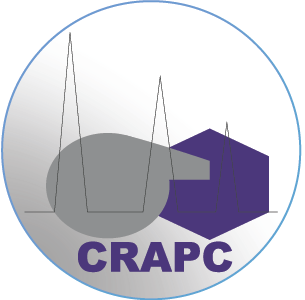about:blankSaisissez le titre
Ce bloc contient du contenu non valide ou inattendu.Tentative de récupération du blocM. SEHAILIA , S. CHEMAT
Received 21 Apr 2020, Accepted 06 Jul 2020, Published online: 22 Jul 2020
Journal», Journal of Biomolecular Structure and Dynamics, Volume 55, 2020 – Issue 14
ABSTRACT:
Abstract
Medicinal herbs have proved along history to be a source of multiple cures. In this paper, we demonstrate how hydroxychloroquine can act as a good inhibitor of SARS-CoV-2 Spike protein receptor-binding-domain using molecular docking studies. We also unveil how hydroxychloroquine can interfere in the prevention of Lys353 in hACE2 from interacting with the corresponding binding hotspot present on the Spike protein. Further screening of artemisinin & derived compounds produced better Vina docking score than hydroxychloroquine (-7.1 kcal mol−1 for artelinic acid vs. −5.5 kcal mol−1 for hydroxychloroquine). Artesunate, artemisinin and artenimol, showed two mode of interactions with Lys353 and Lys31 binding hotspots of the Spike protein. Molecular dynamics analysis confirmed that the formed complexes are able to interact and remain stable in the active site of their respective targets. Given that these molecules are effective antivirals with excellent safety track records in humans against various ailment, we recommend their potential repurposing for the treatment of SARS-CoV-2 patients after successful clinical studies. In addition, an extraction protocol for artemisinin from Artemisia annua L. is proposed in order to cope with the potential urgent global demand.
KEYWORDS:

